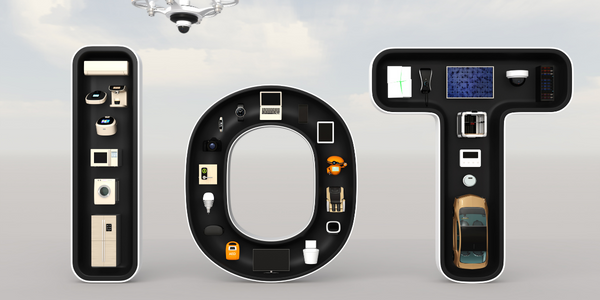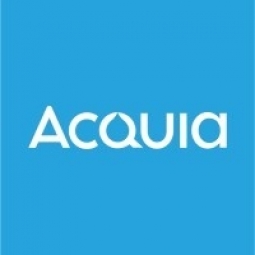Technology Category
- Application Infrastructure & Middleware - Middleware, SDKs & Libraries
- Networks & Connectivity - Global Navigation Satellite System (GNSS)
Applicable Industries
- Equipment & Machinery
- Telecommunications
Applicable Functions
- Sales & Marketing
Use Cases
- Asset Health Management (AHM)
- Smart Campus
Services
- System Integration
About The Customer
T-Mobile is a leading wireless provider based in Bellevue, Washington. The company provides services through its subsidiaries and operates its flagship brands, T-Mobile, Metro by T-Mobile, and Sprint. T-Mobile has been connecting customers with cell phone coverage and service for decades and has processes and tools to stay connected internally. They have long used digital asset management (DAM) software to distribute branded content to employees and partners across multiple lines of business.
The Challenge
T-Mobile, the second largest wireless provider, had been using a digital asset management (DAM) system to manage and distribute their marketing content. However, the existing DAM system had functionality limitations that prevented it from scaling with T-Mobile's business growth. The situation was further complicated when Sprint merged with T-Mobile, bringing two additional DAM systems into their combined technology stack. The challenge was to consolidate these three disjointed DAM platforms into a single, optimized solution that could support content operations across the entire organization.
The Solution
T-Mobile developed a strategy to build and launch a centralized system, a new Acquia DAM site named the T-Mobile Asset Portal (TMAP). Acquia DAM was chosen for its scalability and flexibility, allowing T-Mobile to meet their current needs and plan for future growth. With the Portals application in Acquia DAM, T-Mobile could create and share curated collections of assets with specific audiences, creating a secure, one-stop shop for anyone to browse and download approved content. The new system also served as a content lifecycle hub, archiving and centralizing campaign content, providing insights for future content planning.
Operational Impact
Quantitative Benefit

Case Study missing?
Start adding your own!
Register with your work email and create a new case study profile for your business.
Related Case Studies.

Case Study
Smart Water Filtration Systems
Before working with Ayla Networks, Ozner was already using cloud connectivity to identify and solve water-filtration system malfunctions as well as to monitor filter cartridges for replacements.But, in June 2015, Ozner executives talked with Ayla about how the company might further improve its water systems with IoT technology. They liked what they heard from Ayla, but the executives needed to be sure that Ayla’s Agile IoT Platform provided the security and reliability Ozner required.

Case Study
IoT enabled Fleet Management with MindSphere
In view of growing competition, Gämmerler had a strong need to remain competitive via process optimization, reliability and gentle handling of printed products, even at highest press speeds. In addition, a digitalization initiative also included developing a key differentiation via data-driven services offers.

Case Study
Predictive Maintenance for Industrial Chillers
For global leaders in the industrial chiller manufacturing, reliability of the entire production process is of the utmost importance. Chillers are refrigeration systems that produce ice water to provide cooling for a process or industrial application. One of those leaders sought a way to respond to asset performance issues, even before they occur. The intelligence to guarantee maximum reliability of cooling devices is embedded (pre-alarming). A pre-alarming phase means that the cooling device still works, but symptoms may appear, telling manufacturers that a failure is likely to occur in the near future. Chillers who are not internet connected at that moment, provide little insight in this pre-alarming phase.

Case Study
Premium Appliance Producer Innovates with Internet of Everything
Sub-Zero faced the largest product launch in the company’s history:It wanted to launch 60 new products as scheduled while simultaneously opening a new “greenfield” production facility, yet still adhering to stringent quality requirements and manage issues from new supply-chain partners. A the same time, it wanted to increase staff productivity time and collaboration while reducing travel and costs.

Case Study
Integration of PLC with IoT for Bosch Rexroth
The application arises from the need to monitor and anticipate the problems of one or more machines managed by a PLC. These problems, often resulting from the accumulation over time of small discrepancies, require, when they occur, ex post technical operations maintenance.

Case Study
Data Gathering Solution for Joy Global
Joy Global's existing business processes required customers to work through an unstable legacy system to collect mass volumes of data. With inadequate processes and tools, field level analytics were not sufficient to properly inform business decisions.







